How Hippocrates’ medicine differs from modern medicine
Our food our medicine
from
Our food our medicine
How Hippocrates’ medicine differs from modern medicine
How Hippocrates’ medicine differs from modern medicine
How Hippocrates’ medicine differs from modern medicine
In the 5th century BC the most important personality in the history of humanity appears, Hippocrates , the “father” of medicine.
We will not dwell here on his entire scientific work, because that would require whole volumes. We will examine Hippocrates as a naturopathic and holistic physician, as a continuation of the science of the Asclepiads.
Chaos separates Hippocratic medicine from modern medicine, which unfortunately does not serve man, but economic interests. Modern medicine is subordinate to the pharmaceutical companies , and therefore “immoral”, and therefore Plato’s saying “All science separated from justice and the other virtue is artifice, and wisdom is seen” (Plato, Menexenus” 347a) fits here.
The sad thing is that modern medicine does not pay attention to the prevention and treatment of disease with diet, which Hippocrates did and still does in nutrition (nutritional medicine) and naturopathy, which are the only medical systems that they can claim to carry on the teachings of the father of medicine.
Naturopathy: A Holistic Alternative Therapeutic Approach
PHYSICAL DISEASE PHYSICIAN
Professor Foteinos writes about the great physician: “Hippocrates carefully studied the human organism, investigated its nature comparatively, observed and imitated it diligently, reproduced it through experiment and treated nature as a wise guide and inviolable teacher, teaching eternal truth , Physin disease physician”.
His quotes “nature heals diseases” , “it is better to prevent or treat” , “food is your medicine” are the gospel of Natural Preventive Medicine and Naturopathy and we can safely characterize Hippocrates as a naturopathic doctor.
THE CAUSE OF DISEASE COMES FROM WITHIN
Hippocrates argues that what we observe in the patient is not the disease but the symptom , and its cause is within our organism and not outside, as modern conventional medicine maintains, influenced by Pasteur’s microbial theory.
Hippocrates criticizes some of the doctors of his time and the common people who attributed the disease to external factors: “The cause of these things is exalted, the main cause is ignored” (“On Ancient Medicine”) .
But this is the basic doctrine of naturopathic medicine. According to naturopathy, the symptoms are not the cause of the disease, but the result of the state of the organism. While naturopathy seeks to remove or correct the causes and stimulate the organism with natural healthy conditions, conventional medicine seeks only to suppress and isolate the symptoms and pays no attention to the causes.
Naturopathy: The Healing Power of Nature
PREVENTING AND CURING DISEASE WITH NUTRITION
One of the main weapons of natural medicine for the prevention and treatment of diseases is a healthy diet. Nutritional therapies, however, are not a birth of the 19th century AD, as most people believe.
Hippocrates, continuing the work of the Asclepiads and Pythagoreans, considers nutrition to be the best weapon in the fight against disease. That is why it influenced the patient’s lifestyle and diet, something they also did in the Asclepia .
He seems to have been influenced by his teacher Herodicus, who believed that diseases were caused by “bad diet” (by diet he meant not only diet but the whole way of life . Man remains healthy if he moves, eats and he drinks according to his capacity and temperament.
It took “only” 2,500 years to establish it again, not everyone like Health Problems: The Body’s Attempt to Adapt to Your Lifestyle
Hippocrates wrote three books on this subject: ” On Diet”, “On Food”, “On Hygiene and Exercise”.
His basic belief is that whoever lives properly, does not get sick.
In “On Ancient Medicine” (622, 14) he writes:
“Therefore, what I think is necessary is a study of nature and everything that is studied as it is, that is, what is the future of the deserving poets, what is human towards what is eaten and what is drunk and what is towards other pursuits, and what, what happens to each of them”
Performance=I really consider this necessary for every physician, the perfect knowledge of human nature, the study of it, if in the future he is to indicate what should be done in terms of nursing, to learn what man is and what relations he has with food, solids, liquids, and the general way of life and what effect each has on each person.
To conclude that “the main purpose of medicine is to teach man how to feed himself, since food is our medicine” (“On Ancient Medicine” 578, 3) . How are these different from the 20th century AD naturopaths’ proclamation: “Food is a Panacea” or “Food is our Medicine”?
With proper nutrition there would be no medicine, because there would be no diseases – Hippocrates
How deeply he penetrates the subject of nutrition, can be seen from the following excerpt from his work “On Diet” :
“People who do not see the future correctly write about the diet of anthropomorphine, but first of all the nature of a person is known and diagnosed. it is known by those of whom it was composed from the beginning, and it is diagnosed under whose parts it is kept. since the constitution from the beginning is not known, it is impossible to become what we become under them. either the prevailing in the body is not diagnosed, it is not capable of bringing about the symptoms of the human being.
These, however, are known to the scribe, and then these of wheat and drink to others, so that we are fed, each of them has a power that is inherent in nature and that is due to the need and art of humanity. Behold, the state of the mighty is as if the strength of nature is taken away, so it is not weakened until strength is added by art, of which if the weather is each produced”
Performance=In my opinion man must first write and fully investigate the nature of man in general. to know what its initial components are and to investigate the factors that control it.
Because if he does not know its original composition, he will not be able to understand what results from these ingredients. And if he does not recognize the prevailing element in the body, he will not be able to prescribe the right treatment for the person.
So the future writer must know all this and also what properties each of the foods and drinks with which we are fed has and their natural properties and those that they necessarily receive through human processing.
That is, to know in what way we should remove strength from those that are naturally strong and with what technical processing to add strength to the weak, when the moment is appropriate for each of them. (“About Diet” A, par. 2).
When Hippocrates says that we must examine both the natural properties of foods and the properties they acquire through human processing, he means that we must examine the properties of raw foods as well as processed, i.e. cooked, brined or vinegared foods. , and beverages ( wine for example is a processed food).
HIPPOCRATES A GREAT-NATURED PHYSICIAN
But if drugs are not used, is it possible to cure diseases with diet alone? No, answers the modern science of natural hygiene. And this was the opinion of the genius Hippocrates. As he states in the previous quote, “the most distinguished physicians treat both by diet and by other therapeutic means.”
But what are the other remedies?
In his work “On Diet” he clarifies things:
“For it is not possible for a man to be healthy, nor for a woman to be in pain. On the contrary, for each other has the powers of strain and pain, and they mutually promote health. pains, because you are wasting your possessions. wheat and drinks you fill the blanks. And see, as a home, they diagnose the strength of pains, both natural and lifelong, and some of these they prepare an increase, like flesh and some a lack”
Performance=Because it is not possible for a person to remain healthy by diet alone, if he does not exercise . Food and exercise have opposite properties, but both contribute to maintaining health.
The exercises were created to use up what’s there, while the food and drinks were made to fill in the gaps.
It is necessary, it seems, to precisely determine the strength of bodily labors, both natural and artificial, which of them contribute to the growth and which to the deterioration of the flesh” (“On Diet”, par. 2).
When he says corruption of the flesh, he means burnings and their effects.
But he continues by emphasizing that we should not only know these things:
“and not only these, but also of the measure of the pains according to the number of grains and the nature of man and the age of the bodies, and according to the times of the soul and according to the changes of the spirits, and according to the positions of the villages in which they are distributed , to the state of the self and to the changes of the spirits, and to the positions of the villages in which they are distributed, to the state of the self.
The stars of the sky and the west are seen, while the changes and excesses are seen, they keep grain and drink and spirits and the good of the world, out of which the minds of such people grow. This is not always a self-diagnostic finding. although he did not find a measure for each nature, and a symmetrical number of pains that do not have an exaggeration neither on the most nor on the least, found if health is exactly the same as a human being”.
Efficiency=And not only these, but also the ratio of the exercises to the amount of food, the person’s temperament, his age, the seasons of the year, the changes in the winds, the location of the place where the person lives and the climatic conditions of that particular year.
One must also know the rising and setting of the stars, in order to know how to protect oneself from the changes and excesses of food, drink, winds and the whole environment, from which people’s diseases originate. But even if he knows all this well, the knowledge will not be satisfactory.
Indeed, if it were possible to determine for the nature of each individual a measure of food and a proportionately correct number of physical exercises, without there being any excess either on the side of excess or on the side of deficiency, then the right way would have been found for the ensuring human health.
Exercise & nutrition the “dipole” of good life
PREVENTIVE MEDICINE WAS PRACTICED IN CLASSICAL ANTIQUITY
What can one add to the above quote? However, with the knowledge of all these, the doctor can achieve the desired prevention of diseases. So don’t think that preventive medicine is a product of the 20th century. And here’s the proof:
“But these things are discovered, and before them they make the man from exaggeration, especially if a pre-diagnosis is made. For straight away the minds are so humanized, but after a little gathering together they appear. Before the healthy is kept in the person under the sick, the sick are discovered, and all these things become the health”
Performance=But I have discovered all this, and even the possibility of predicting a disease, before the person becomes ill, by watching where the excess goes. Because diseases do not attack people suddenly, but accumulated slowly they break out once and for all.
So I discovered the symptoms that man shows before health is defeated in him by disease and how one should restore them all to a state of health. (“About Diet” par. 2).
Chaos separates ancient from modern conceptions.
How would you feel if you learned that Chinese doctors were paid while the client was well, while when the client got sick, the doctors paid for the treatment? This is what “preventive” medicine means. It is noteworthy that in the 2nd century BC. the physiatrist Asclepiades used to say that he would give anyone the right to call him an unworthy doctor if he ever fell ill himself. (Tsamboulis, “Special Nosology”, ed. 1956).
Author: Marios Dimopoulos
Nutritionist-Writer
Member of the American Council of Applied Clinical Nutrition
Member of the American Association of Drugless Practitioners
Member of the American Association of Nutritional Consultants
Member of the Canadian Association of Natural Nutritional Practitioners
Member of the Association for Natural Medicine in Europe
Member of the Panhellenic Association of Naturopaths

- HIPPOCRATES(ΙΠΠΟΚΡΑΤΗΣ) (Kos 460-Larissa377 BC)
Here MEGAS= GREAT HIPPOCRATES is portrayed to hold with his left hand the CROO of the so-called “HONOR OF HIPPOCRATES” and in his other hand to hold a wooden pen in which he was wrapped in a shirt (medical symbol).
- HIPPOCRATES was a GREEK physician and he is considered one of the most prominent personalities in the history of medicine. He is referred to as the father of SYMPHONY MEDICAL in recognition of his contribution in the field of MEDICAL SCIENCES as the FOUNDER OF THE HIPPOCRATIC MEDICAL SCHOOL.He`s is the founder of rational medicine use to release it from the metaphysical elements superstitions prejudices the demonology and superstitions of that epoch .He created the harmonious matching of humanistic science to the art of medicine and the philosophical thinking by identifying the professional exercise of the ethical ideologic authorities.
THE OATH OF HIPPOCRATES PROHIBITS MANDATORY VACCINATIONS!!!










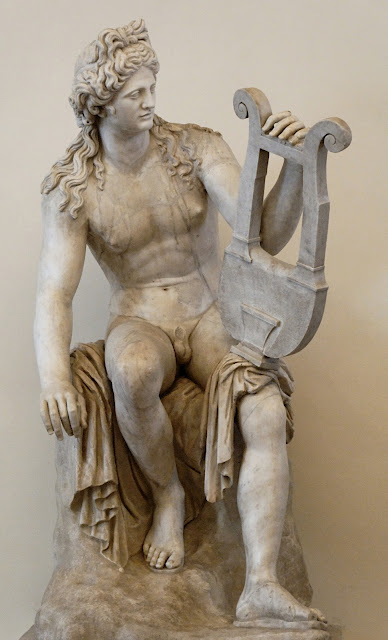
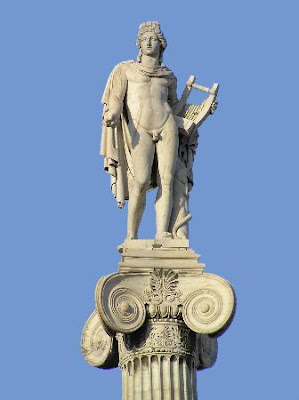

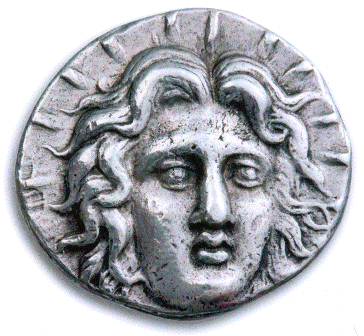
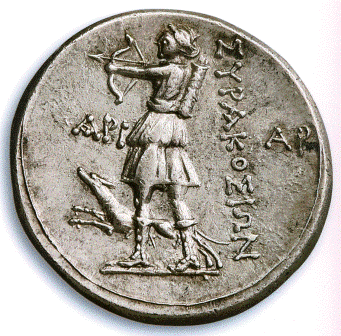
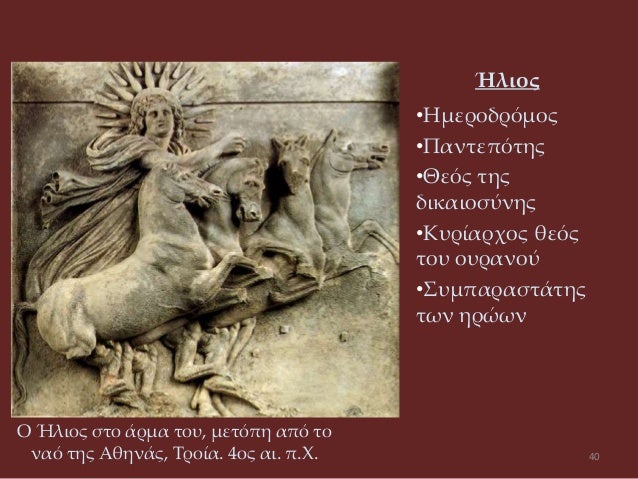
.jpg)


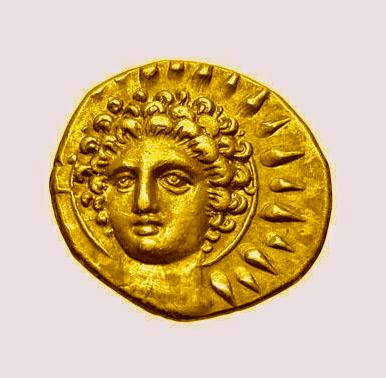
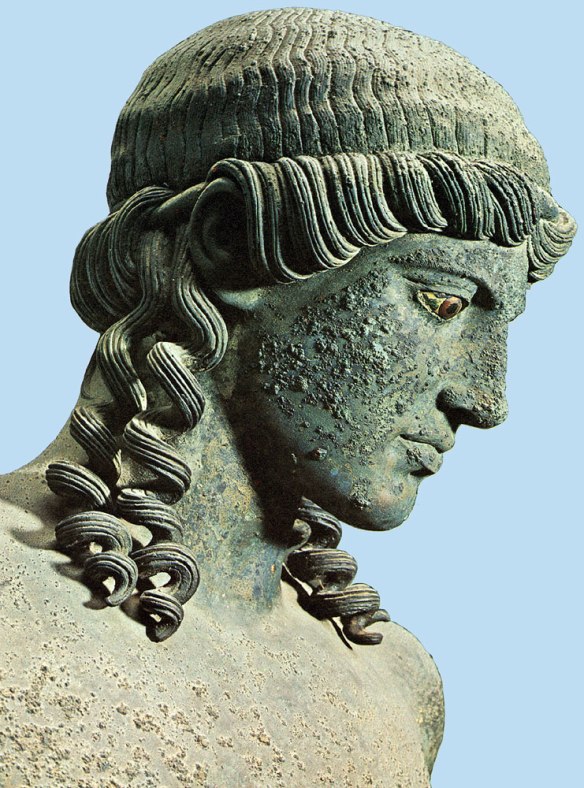
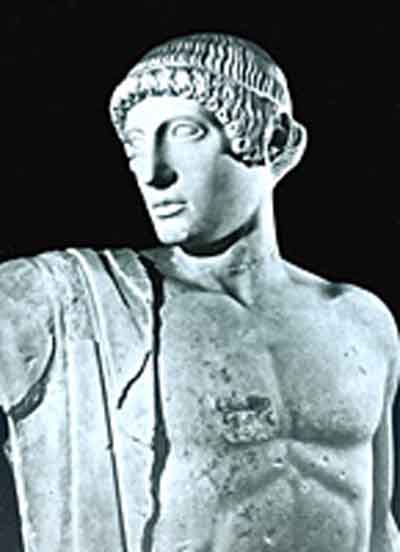 head, did not listen the elder father, why prefer to hunt in the forests and to accompany the virgin Artemis. When once she met Apollo, dazzled by her beauty and wanted to make her his. The Bride has not responded to God’s love and fled to the mountain. Whole days and nights Phoebus (epithet of Apollo) the hunting among the bushes and holly, the shouting that it was a random groom but brilliant Apollo that honored gods and mortals. But the moment was about to reach the the Nymph begged her father to save her from the embrace of God. Then Pineios who pitied the daughter, transformed the homonymous tree, her legs were the roots of laurel, the body of the trunk, arms of the branches and leaves hair of the famous tree. Apollo inconsolable crying and hugged the tree after failing to mingle with the Bride as she was alive, he vowed that henceforth the laurel would be the sacred tree and he would always wore a laurel wreath.
head, did not listen the elder father, why prefer to hunt in the forests and to accompany the virgin Artemis. When once she met Apollo, dazzled by her beauty and wanted to make her his. The Bride has not responded to God’s love and fled to the mountain. Whole days and nights Phoebus (epithet of Apollo) the hunting among the bushes and holly, the shouting that it was a random groom but brilliant Apollo that honored gods and mortals. But the moment was about to reach the the Nymph begged her father to save her from the embrace of God. Then Pineios who pitied the daughter, transformed the homonymous tree, her legs were the roots of laurel, the body of the trunk, arms of the branches and leaves hair of the famous tree. Apollo inconsolable crying and hugged the tree after failing to mingle with the Bride as she was alive, he vowed that henceforth the laurel would be the sacred tree and he would always wore a laurel wreath.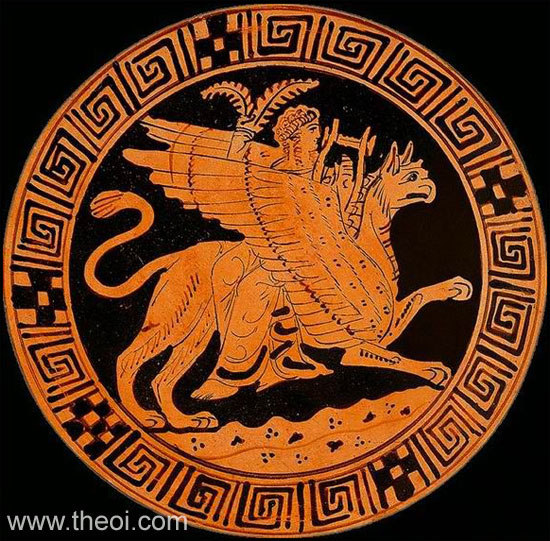
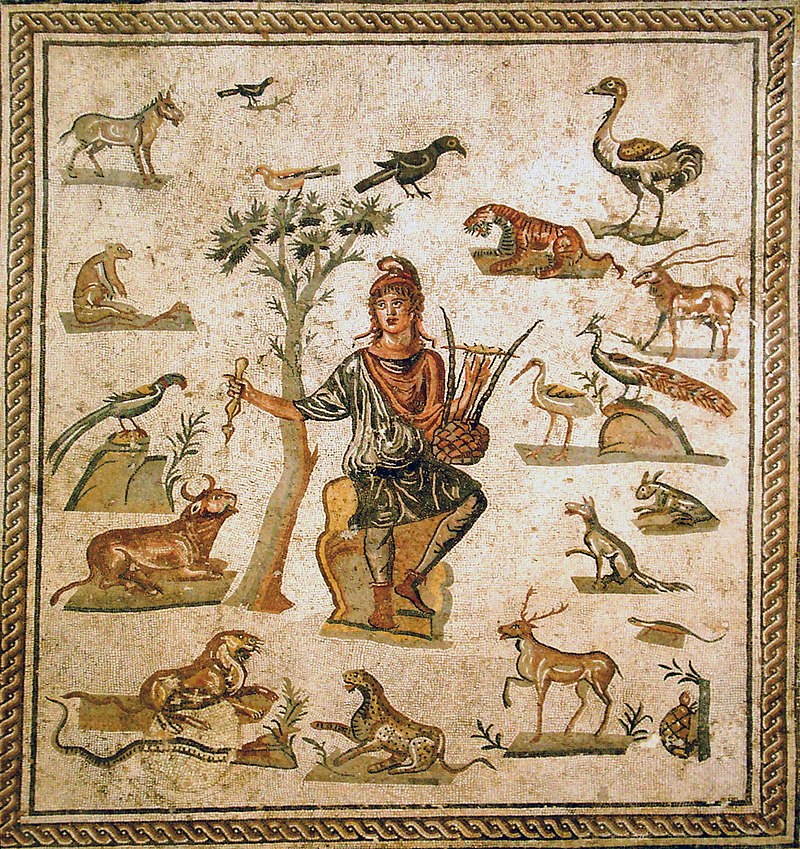

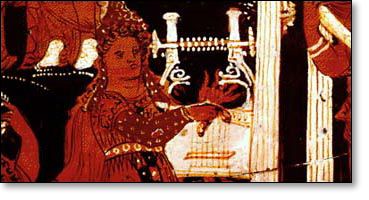
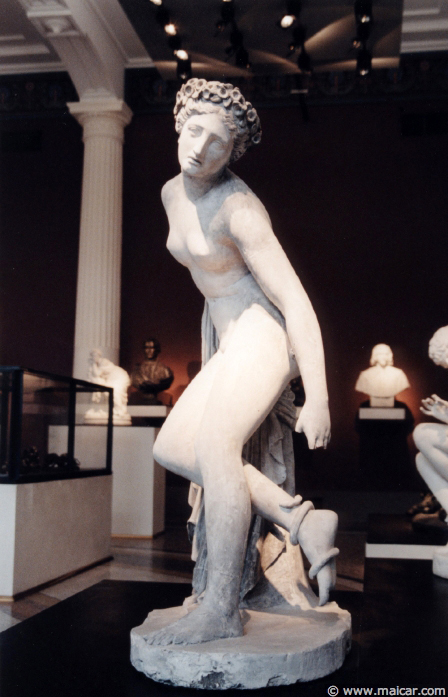
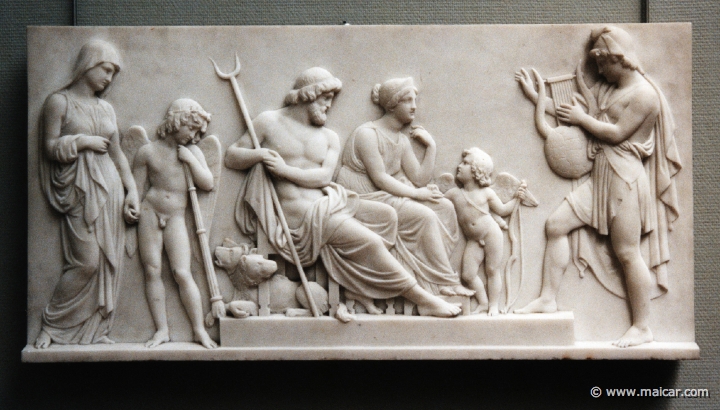
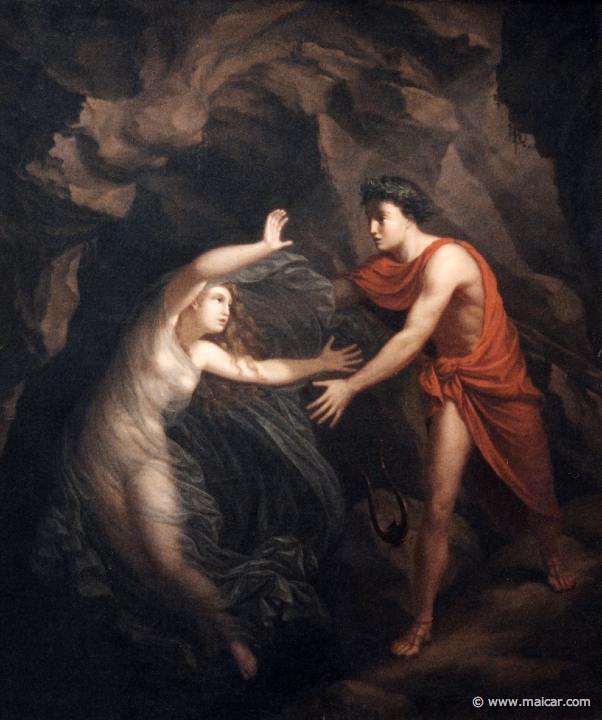





_-_Arion_on_a_Sea_Horse_(1855).jpg/800px-William-Adolphe_Bouguereau_(1825-1905)_-_Arion_on_a_Sea_Horse_(1855).jpg)


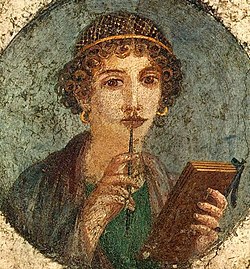




 …means…Here:Europa being abducted by Zeus disguised as a bull, detail from an Attic (Attica was – & still is the county of Athens) krater(, 5th century; in the Tarquinia National Museum
…means…Here:Europa being abducted by Zeus disguised as a bull, detail from an Attic (Attica was – & still is the county of Athens) krater(, 5th century; in the Tarquinia National Museum Back in 1993, in a Neolithic lakeshore settlement that occupied an artificial island near the modern village of Dispilio on Lake Kastoria in the Kastoria Prefecture, professor George Hourmouziadis and his team unearthed the Dispilio Tablet (also known as the Dispilio Scripture or the Dispilio Disk), a wooden tablet bearing inscribed markings (charagmata) that has been carbon 14-dated to about 7300 BP (5260 BC).
Back in 1993, in a Neolithic lakeshore settlement that occupied an artificial island near the modern village of Dispilio on Lake Kastoria in the Kastoria Prefecture, professor George Hourmouziadis and his team unearthed the Dispilio Tablet (also known as the Dispilio Scripture or the Dispilio Disk), a wooden tablet bearing inscribed markings (charagmata) that has been carbon 14-dated to about 7300 BP (5260 BC). The currently accepted historic theory taught around the world suggests that the ancient Greeks learned to write around 800 BC from the Phoenicians. However, a question emerges among scholars: how is it possible for the Greek language to have 800,000 word entries, ranking first among all known languages in the world, while the second next has only 250,000 word entries? How is it possible for the Homeric Poems to have been produced at about 800 BC, which is just when the ancient Greeks learned to write? It would be impossible for the ancient Greeks to write these poetic works without having had a history of writing of at least 10,000 years back, according to a US linguistic research.
The currently accepted historic theory taught around the world suggests that the ancient Greeks learned to write around 800 BC from the Phoenicians. However, a question emerges among scholars: how is it possible for the Greek language to have 800,000 word entries, ranking first among all known languages in the world, while the second next has only 250,000 word entries? How is it possible for the Homeric Poems to have been produced at about 800 BC, which is just when the ancient Greeks learned to write? It would be impossible for the ancient Greeks to write these poetic works without having had a history of writing of at least 10,000 years back, according to a US linguistic research.




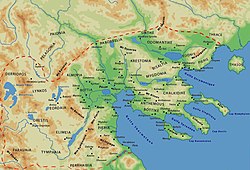
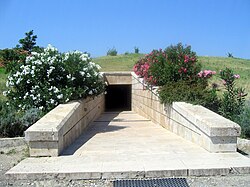
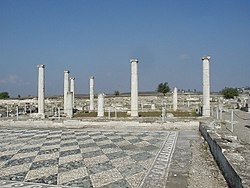





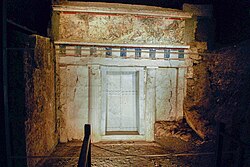

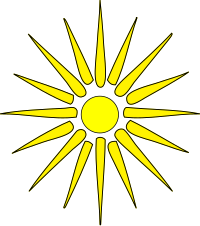

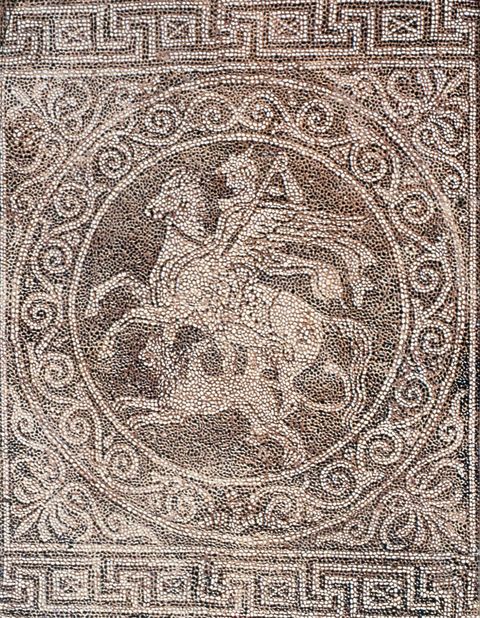
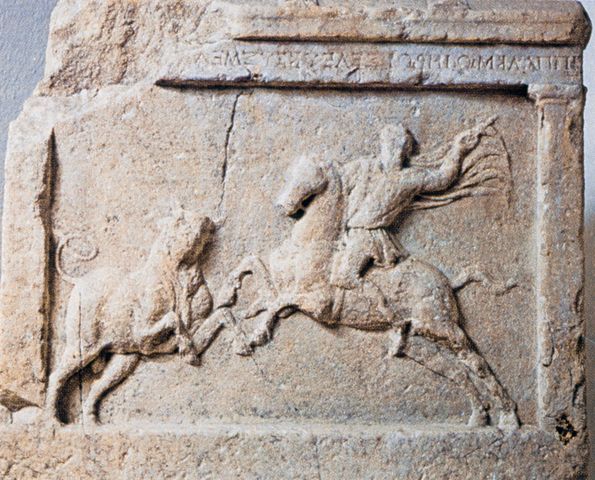







 x
x







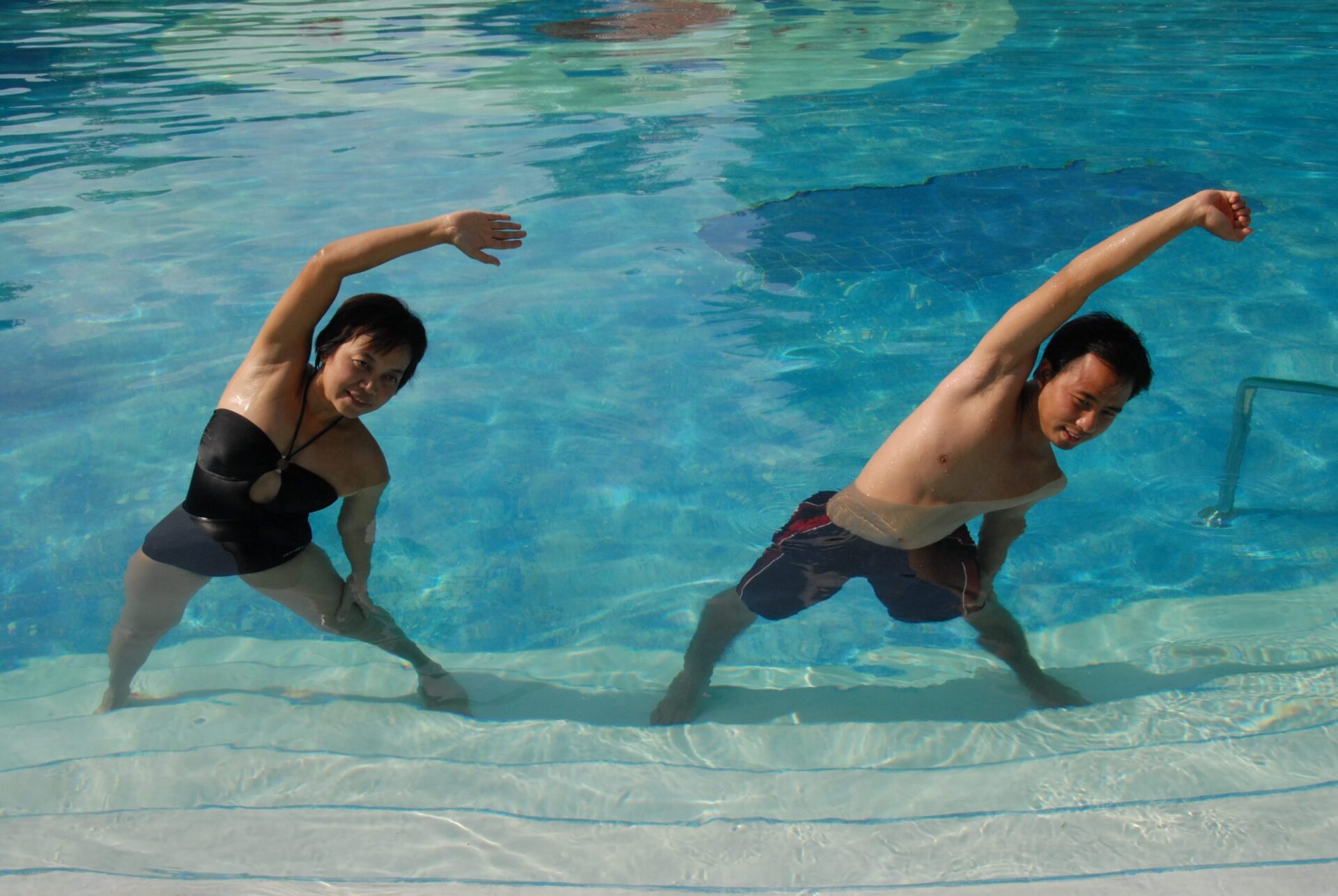
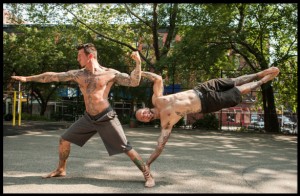



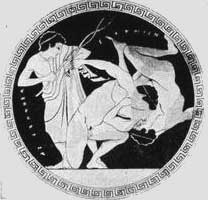






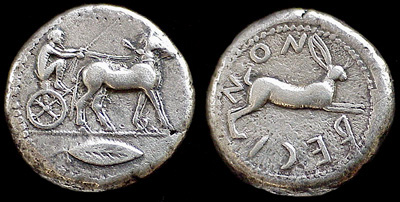








 Meander, the handle of theomachon – ΘΕΟΜΑΧΩΝ (theo = God + machon = wariors) from: μαχη- machi = battle. ex: Andromachi= the battle of man, by meaning sha can fight like a man!(one of the daughters of Priamos in ancient Ilion orTroja)
Meander, the handle of theomachon – ΘΕΟΜΑΧΩΝ (theo = God + machon = wariors) from: μαχη- machi = battle. ex: Andromachi= the battle of man, by meaning sha can fight like a man!(one of the daughters of Priamos in ancient Ilion orTroja) 










